Museum brings Fort King George to life
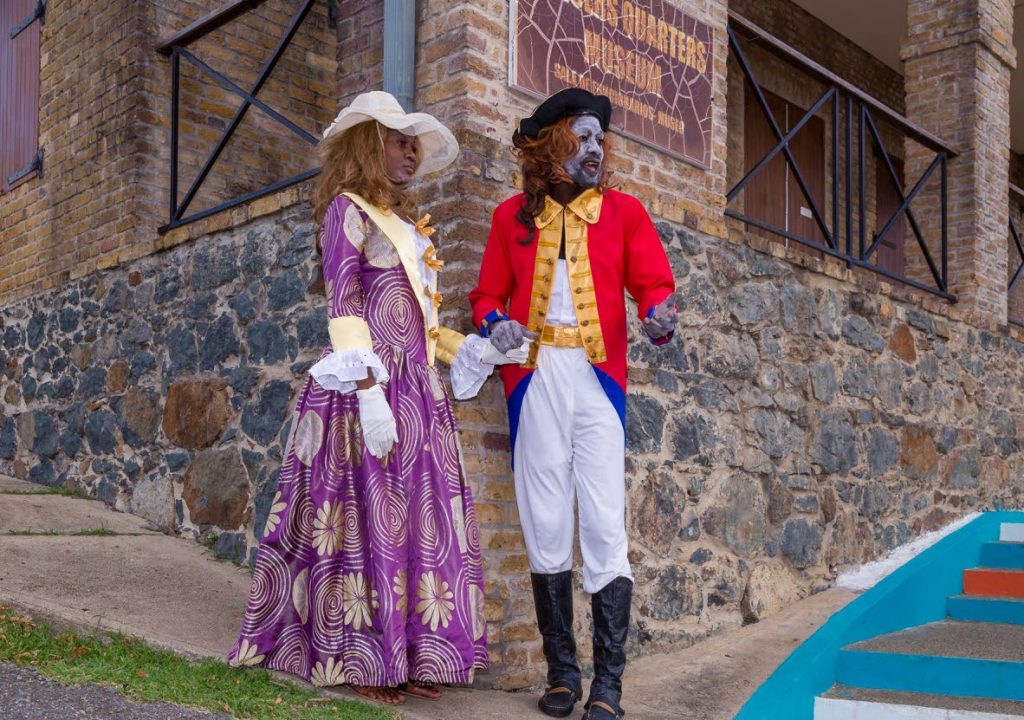
Have you ever contemplated what life was like back in the 18th century at the site of Fort King George, one of the island's leading tourist attractions?
Patrons got a chance to relive those historic, sombre moments on Sunday afternoon through an interactive "walking theatre" hosted by the Tobago House of Assembly's Division of Tourism, Culture and Transportation.
Held periodically throughout the year, the event gave chilling insight into the occurrences at that time and the fort's role in the island's development.
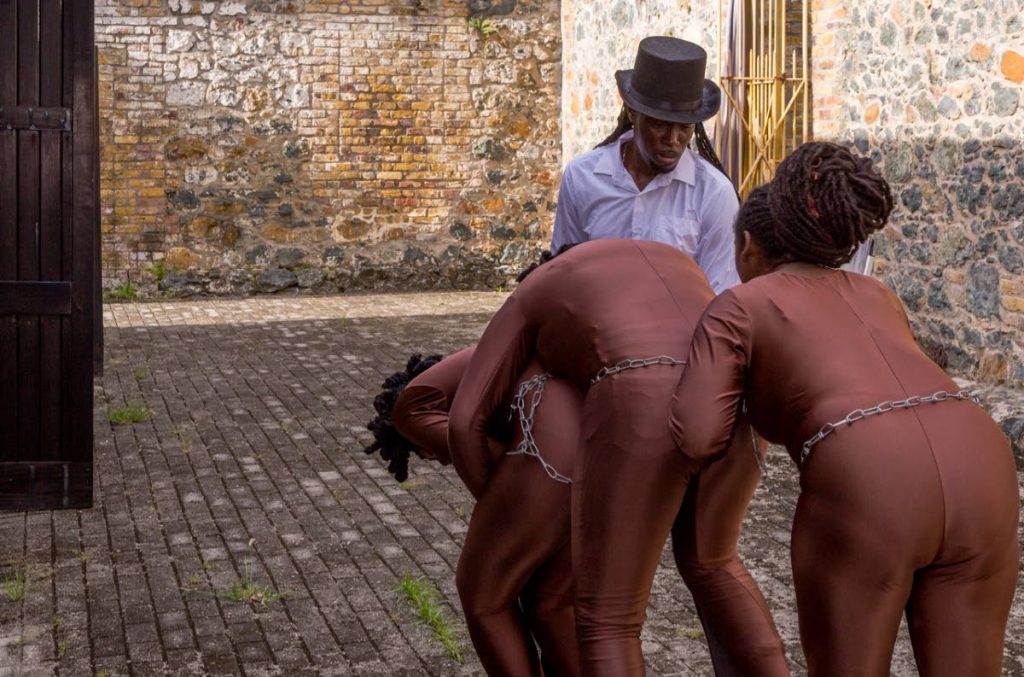
The characters, portrayed by Division of Community Development, Enterprise Development and Labour employees, were decked in elaborate costumes reminiscent of the era.
Narrated by guide Margaret Boyce, the event began at the punishing cells, where the British army housed slaves for bad behaviour and forced them to crush huge stones to build the prison for their own incarceration.
A burly actor, portraying a male slave and armed with a pick axe, spoke of the torture and misery they endured within its walls.
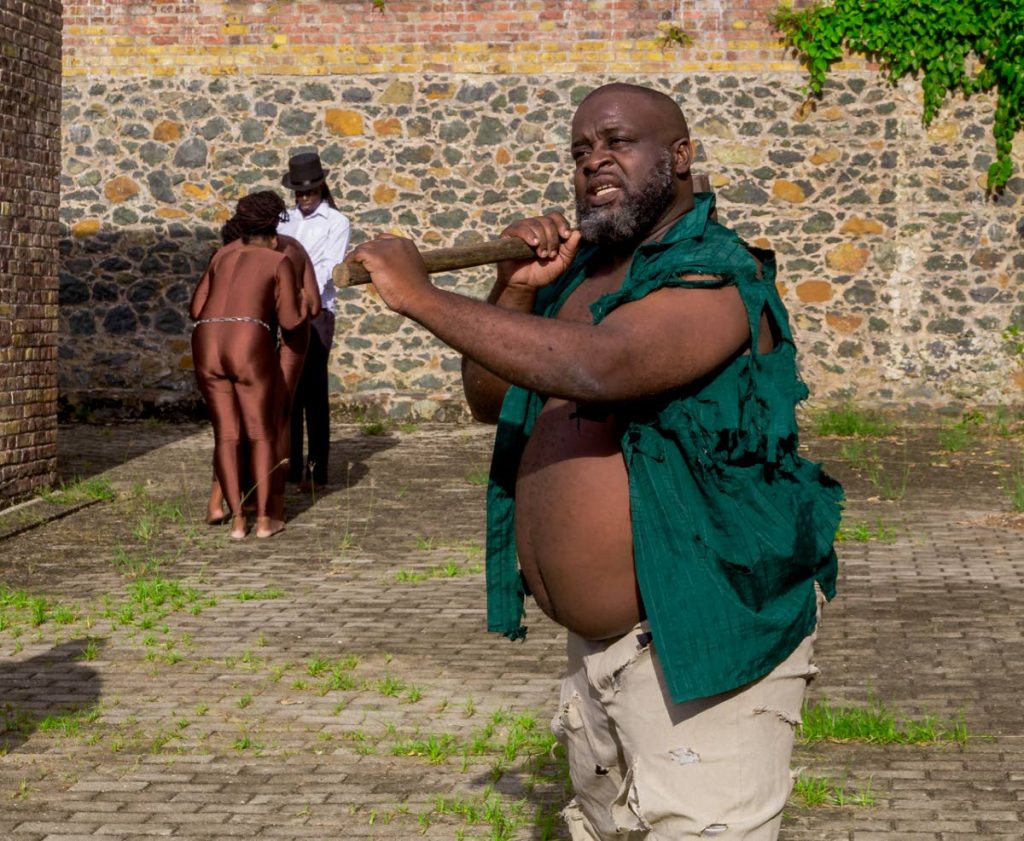
"There is this scary feeling here by the hangman's cell," he said.
"Some say this area was in the heart of hell. In the still of the night there is sounds of scream and yells all across those stony walls. They, in turn, enforced discipline to ensure that all was well. So cruel was the punishment, words could not tell. There is this scary feeling here by the hangman's cell."
Boyce said when the slaves came off the ship, some were auctioned while others either worked on the canefields or in Great Houses. She said those that remained in the prison were used to burst stones "to build this prison to keep them inside of it."
Boyce then showed the small group five small cells, which had holes to the back of them where the slaves were fed.
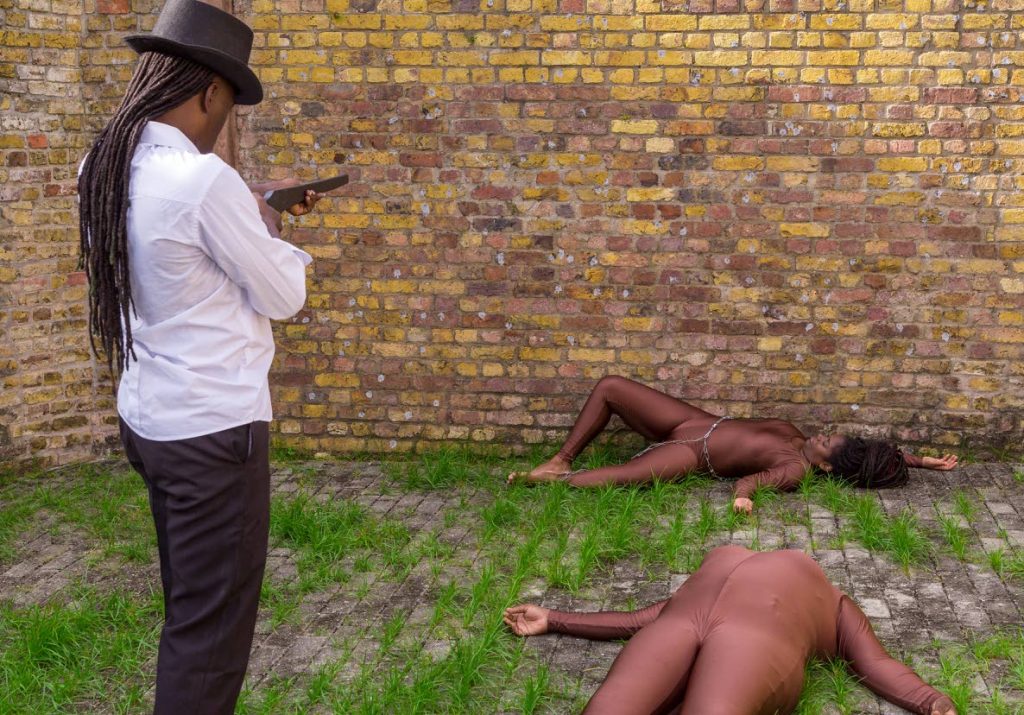
"If you were at the back of it, usually you got food but you still died because of the heat and the amount of people that were placed in there. But most of the slaves died from starvation, if not yellow fever and dengue."
During the tour of the punishment cell, a recording of a haunting instrumental reverberated through its walls. Boyce said the music depicted the cries of the slaves when they were being led from the ship into the cells.
The guide said resisting slaves – those who may have burnt a canefield or disobeyed a commandment – were executed with a gunshot to the head. A wall of the cell was covered with fragments of the bullets that were used to kill the slaves.
Next stop was the gravesite for top-ranking members of the army.
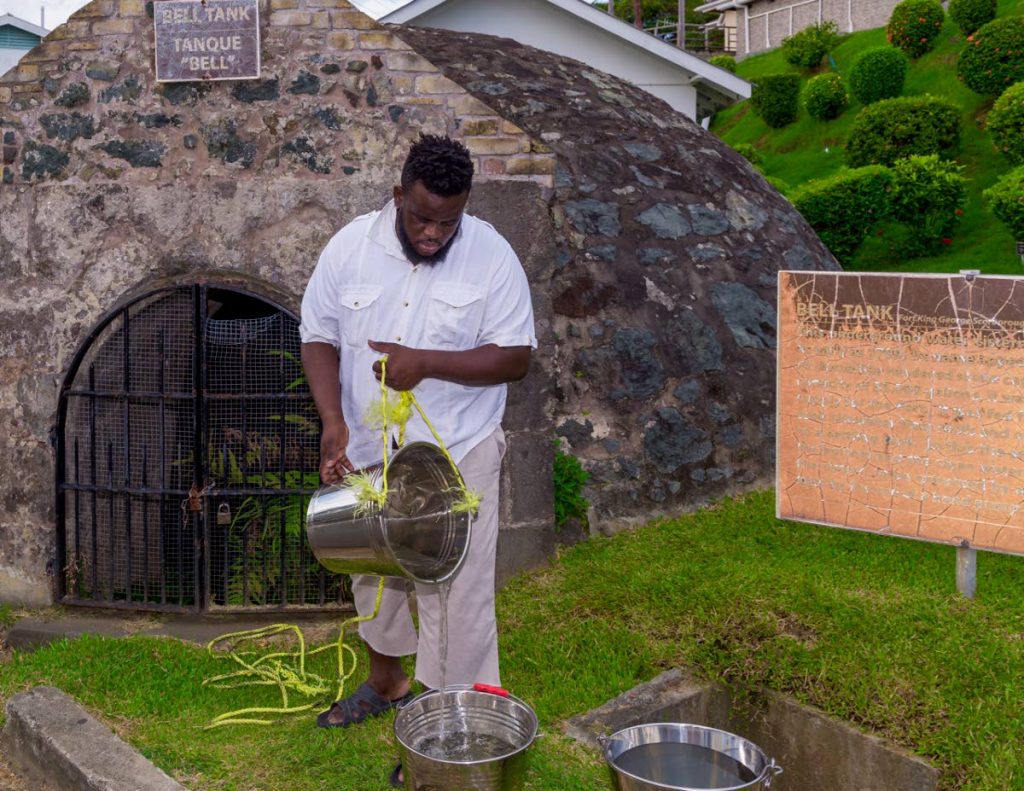
Boyce said the cemetery was the final resting place for more than 200 senior officers but most of the gravesites were destroyed through erosion and human interference.
"If the soldiers died and they did not have rank, a hug was dug to the back of the carpark and they were thrown into that hole."
A short distance up the hill was the remnants of the soldiers' hospital. The hospital was equipped with a basement, which housed critically ill soldiers.
The Powder Magazine, on a far corner of the fort, stored about 600 barrels of gunpowder while the igloo-shaped bell tank, made from blue stone, carried 35,000 gallons of water, the group learnt.
Boyce said in olden times, the slaves could be seen toting water from the bell tank or water system to the Great Houses. Some even tried to poison the water system in attempt to escape their captors.
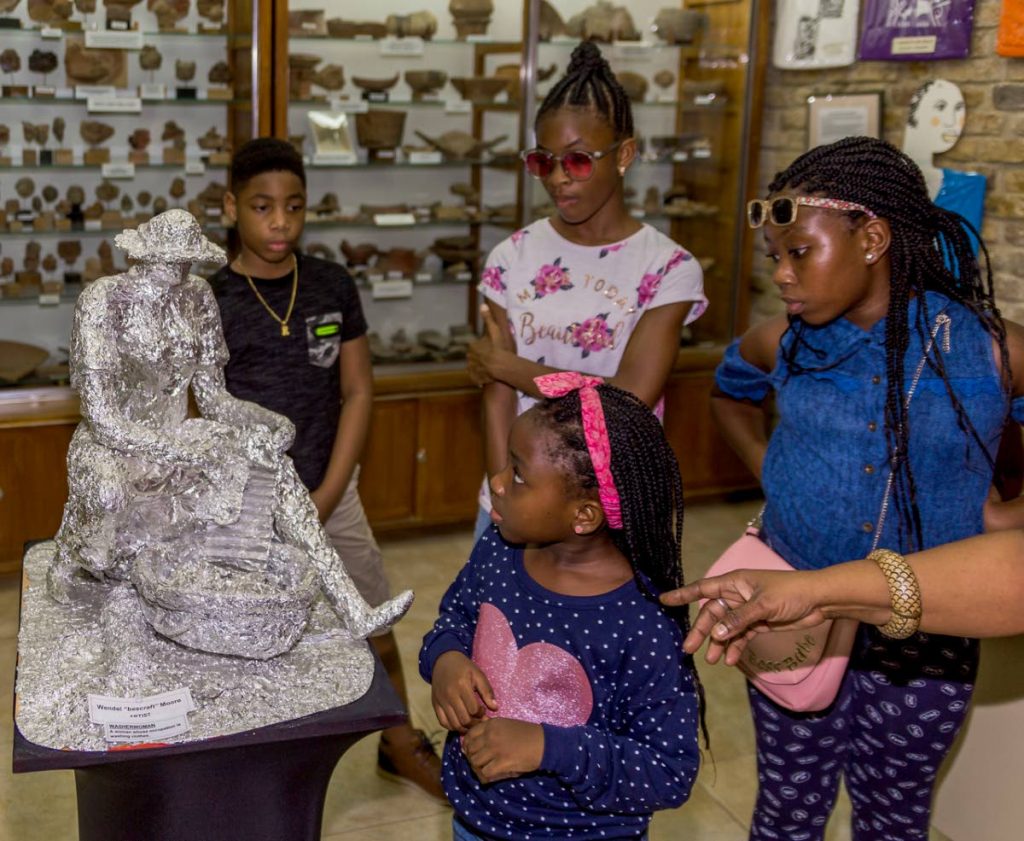
Outside of a building overlooking the Powder Magazine, three women, depicting mistresses, sat and chatted while another woman, dressed as a slave, held an umbrella over them to ward off the sun's rays. Boyce said such scenes were typical of the 18th century.
The group also visited the artillery barracks, lighthouse and guard house, which now houses a museum.


Comments
"Museum brings Fort King George to life"